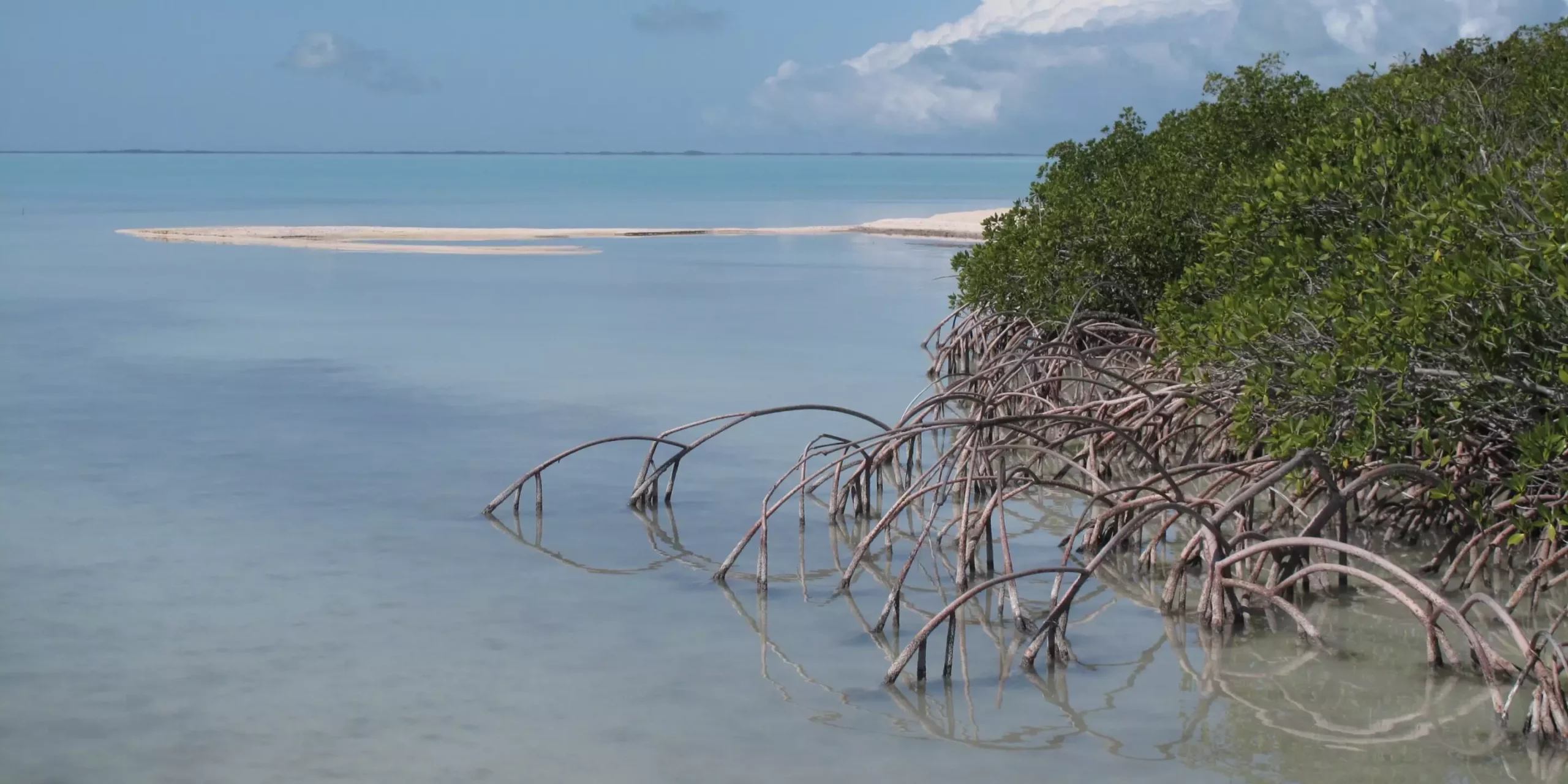The phenomenon of rising sea surface temperatures has sparked a global concern, but its effects are particularly acute in South Florida. Recent studies by the University of South Florida’s College of Marine Science highlight alarming trends in local estuaries, showing rates of temperature increase that outpace global averages and even those of the Gulf of Mexico. This article delves into the implications of these findings, exploring the potential consequences for marine ecosystems and what they signal for the future of South Florida’s aquatic biomes.
Research indicates that from 2003 to 2023, South Florida estuaries such as Florida Bay, Tampa Bay, St. Lucie Estuary, and Caloosahatchee River Estuary have undergone profound changes. The studies reveal that these estuary temperatures have soared approximately 70% faster than their Gulf counterparts and a staggering 500% quicker than global ocean averages. Such data suggest a troubling trajectory for local marine ecosystems, as even a brief study period reveals a pattern of intense warming phenomena, including a record marine heat wave in 2023.
Satellite data employed in the research illustrate these changes vividly, making apparent not only the severity but also the urgency of the situation. Chuanmin Hu, a physical oceanography professor and co-author of the studies, underscores the dissenting reality of South Florida’s water temperatures, noting a concerning phenomenon: the estuaries are reacting more dramatically to environmental stressors than other areas in the region.
South Florida’s estuaries serve as critical habitats and breeding grounds for a variety of marine species, from fish to crustaceans. These environments are intricately linked to wider ecological networks that encompass seagrass meadows and coral reefs—habitats that are foundational to both biodiversity and the regional economy. The increasing water temperatures have raised concerns that such habitats are at risk due to their inherent sensitivity to thermal changes.
As Hu points out, warmer temperatures encourage the growth of algae, potentially leading to harmful blooms that can suffocate light-dependent species like seagrass and corals. This dynamic creates a vicious cycle: as seagrass and corals lose vitality due to stress from heat, their ability to provide critical ecosystem services diminishes, resulting in a decline in overall marine health.
The urgency of the warming issue has prompted researchers to seek collaboration with key stakeholders like the Florida Fish and Wildlife Conservation Commission and the National Oceanic and Atmospheric Administration. The goal is to assess the impact of temperature shifts on seagrass and coral populations, and to develop strategies aimed at mitigating the potential adverse effects. These partnerships reflect a growing recognition that addressing climate-related issues requires a collective approach, mobilizing expertise and resources across scientific and conservation communities.
While global warming is a universal challenge, the accelerated warming observed in South Florida’s estuaries raises questions about localized factors that could be contributing to this trend. Researchers hypothesize that elements such as evaporation rates, water capacity, and residence time—how long water remains in an estuary—may play significant roles, but establishing a clear causal relationship remains the focus of ongoing investigations.
Interestingly, this localized warming behavior contrasts with patterns observed in other Gulf Coast estuaries, highlighting the need for localized study and sustainability efforts. Hu and his team continue to explore why South Florida’s marine environments are uniquely vulnerable to these changes, recognizing that understanding the anomalies is crucial to both prediction and intervention.
The current trajectory of rising sea surface temperatures in South Florida’s estuaries is a multifaceted issue that blends ecological, social, and economic dimensions. With temperatures increasing at alarming rates, and marine life at risk, it is imperative to integrate research findings with proactive conservation measures. The path forward will necessitate a delicate balance between ecosystem resilience and the realities of climate change—a challenge that may have profound implications for future generations. As the research continues, it is critical that stakeholders remain vigilant and responsive to the shifting tides threatening this vital region.


Leave a Reply